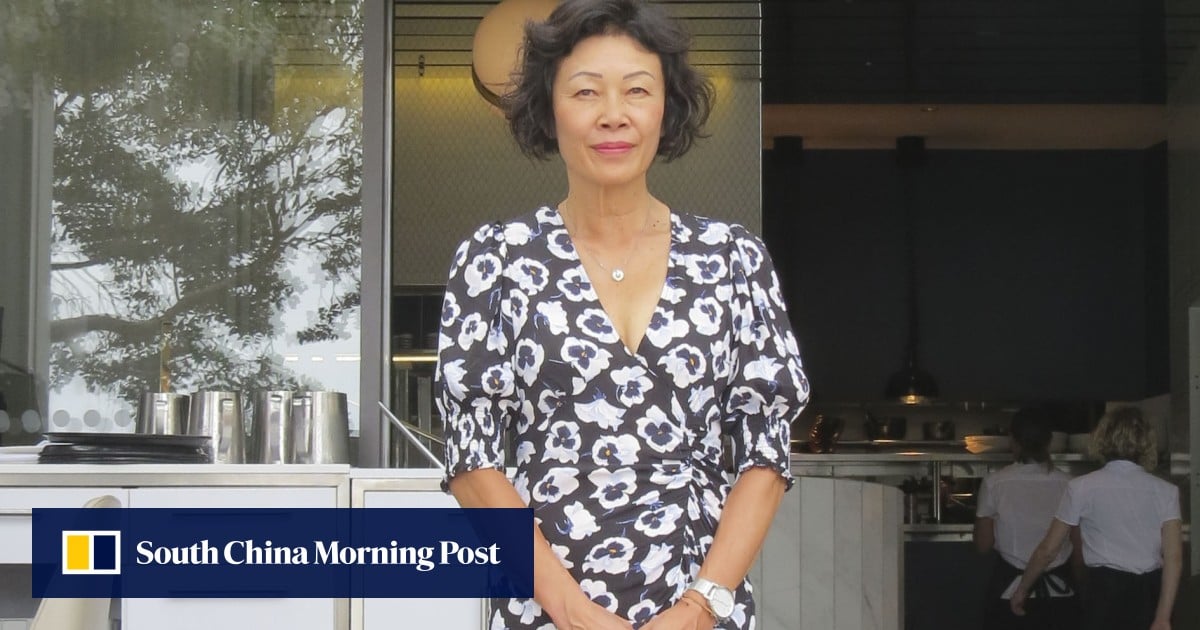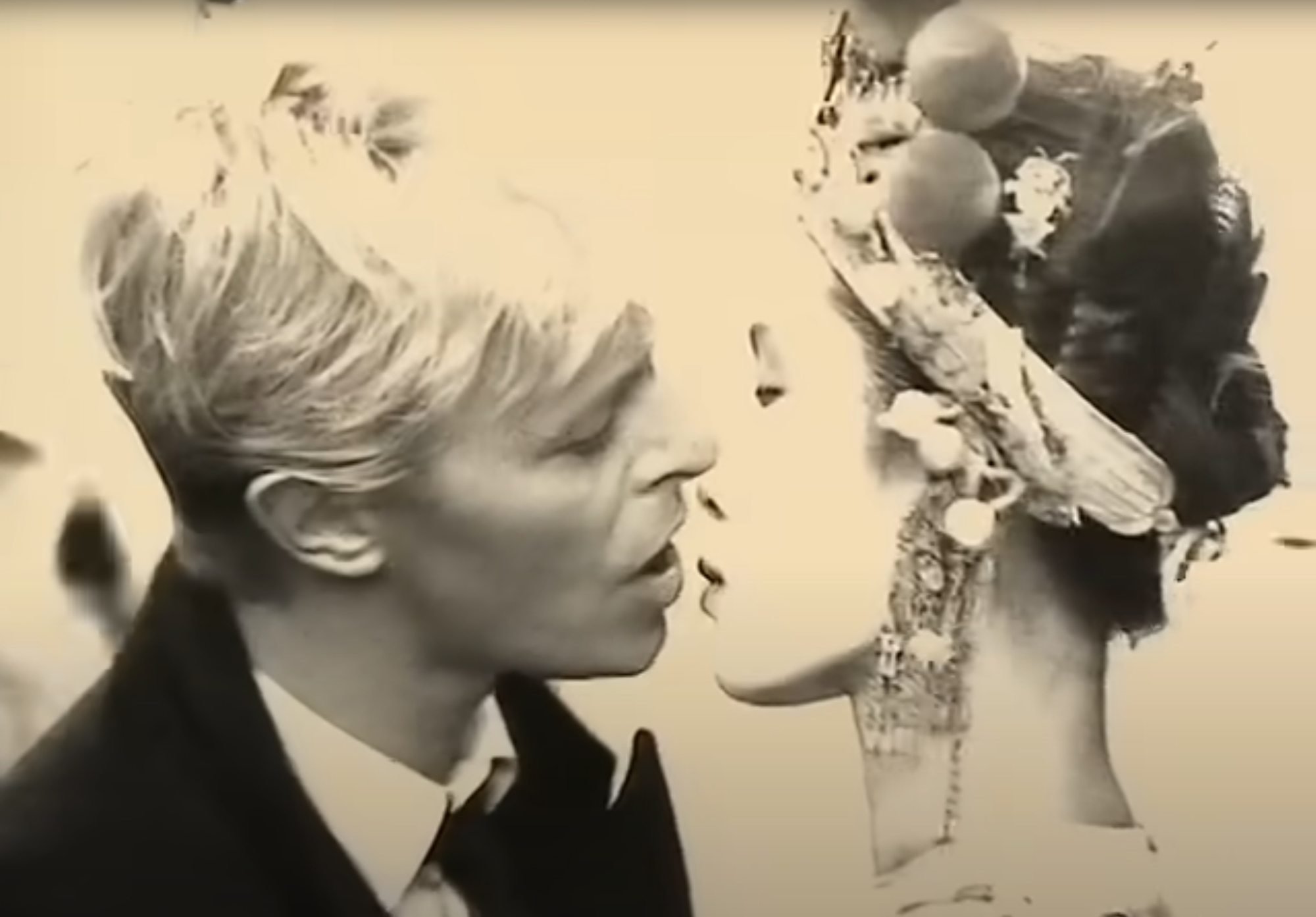
The sometime model, actress and now hospitality doyenne has some firm advice for Asian travellers to New Zealand: “Relax, be patient, embrace the Kiwi nature and go with the flow.
“Asians – particularly fast-paced Hong Kong Chinese – need to understand that we’re laid-back and relaxed,” says Ching, now operations manager of the Soul Bar & Bistro at Auckland’s trendy Viaduct Harbour precinct. “We have great service but it’s not going to be really fast action.”
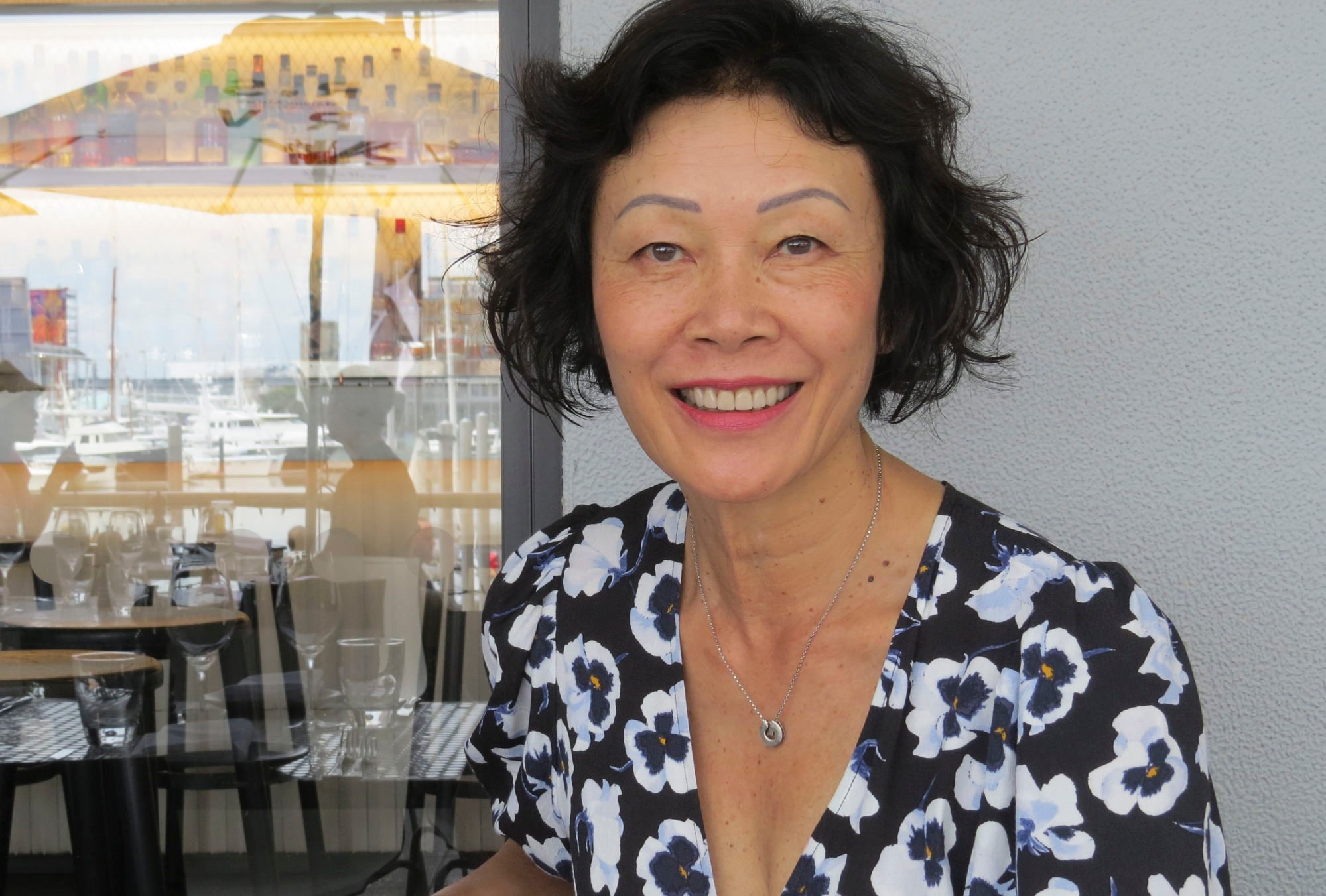
Ching’s father emigrated from Canton in 1940, aged 15, and her mother was born in Thames, on the doorstep of the North Island’s picturesque Coromandel Peninsula. As such, Ching’s foundation in Chinese and Asian culture, as well as Kiwi tourism and know-how, make for canny insights for Asian travellers and members of the diaspora.
Following the rebound of tourism after the Covid-19 pandemic, China was the country’s fifth-largest market last year, according to Tourism New Zealand.
From the nation’s largest city, Auckland, in the North Island, Waiheke Island is an obvious suggestion for visitors, says Ching. A 45-minute ferry ride across the Hauraki Gulf leads to pristine scenery with beaches, vineyards and superb restaurants.
Whale- and dolphin-watching cruises around Auckland Harbour are another obvious attraction.
But it’s from the vantage points of the country’s unique lodges that Ching urges travellers to explore.
I had to be completely naked in the video, set at Sydney’s Whale Beach. You just don’t think about it, but I was terribly nervous. He’d been my childhood idol forever.
Geeling Ching on filming the music video for David Bowie’s ‘China Girl’
Top of her list is seven-hectare Huka Lodge (which will be closed between April 30 and December 1 for refurbishment) on the banks of North Island’s Waikato River, upstream from the dramatic Huka Falls, in Taupo.
Britain’s Queen Elizabeth and Prince Philip stayed here, New Zealand’s oldest lodge, four times, such was the appeal of its riverside rolling lawns and manicured gardens.
To the north, in the Bay of Islands, Ching singles out the Rosewood Kauri Cliffs lodge, with its championship golf course, and The Landing – a 400-hectare heritage and conservation property set in regenerated native forest and wetlands on the Purerua Peninsula.
One of New Zealand’s earliest sites of Māori settlement, The Landing was developed together with local tribes, or iwi, and sites of cultural and heritage importance lie on the property, which is held in a charitable trust to ensure preservation.
The Bay of Islands (all 140 of them), nearly four hours’ drive from Auckland, is a recommended destination in itself. It is the birthplace of the country’s founding document, the Treaty of Waitangi, an 1840 agreement between the British crown and the local Māori.
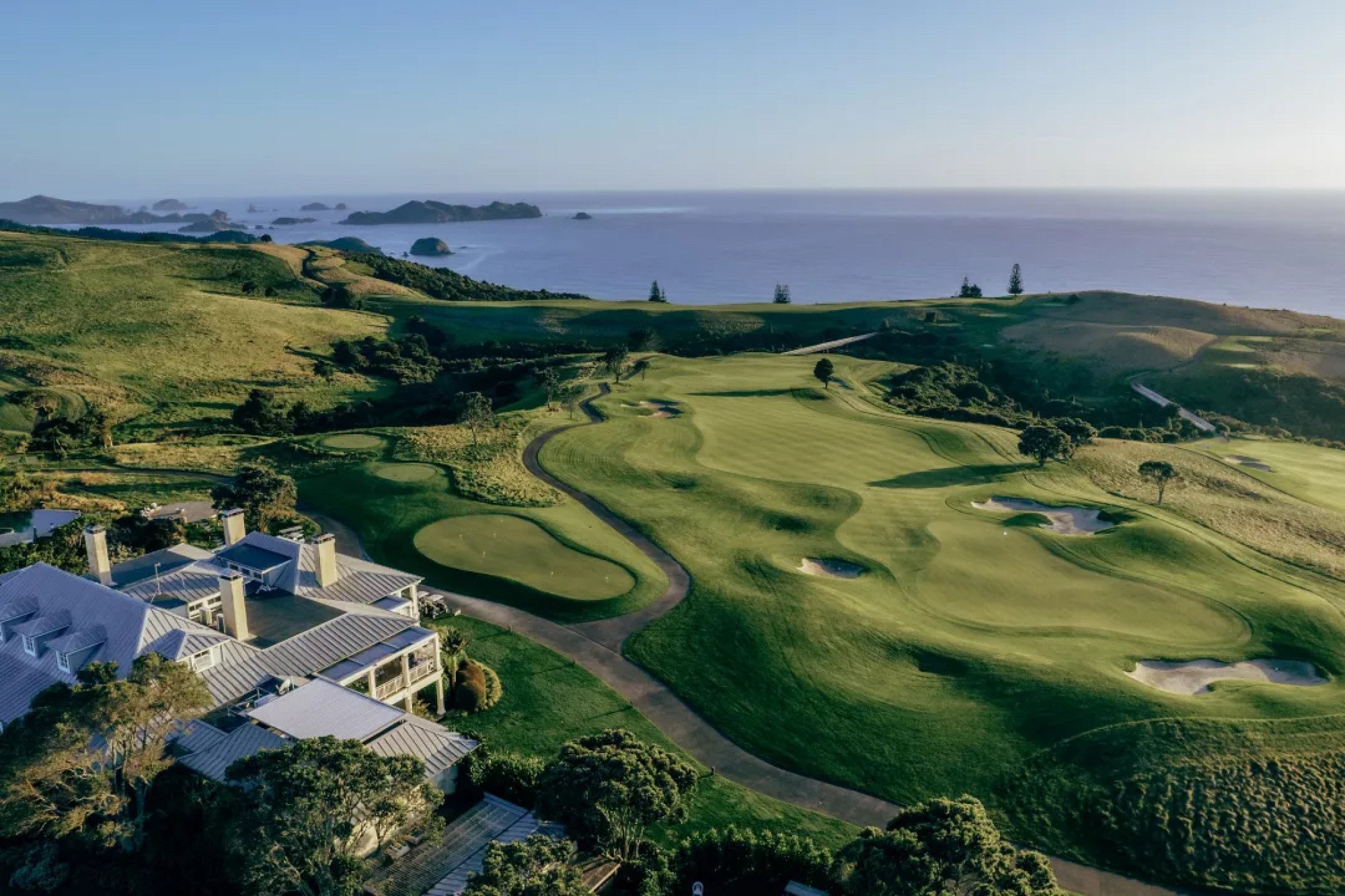
Surrounded by the aqua and cerulean Pacific Ocean, the region is a subtropical paradise renowned for deep-sea fishing, water sports, beaches, hiking and native vegetation.
“Go right to the northernmost tip – Cape Reinga. That’s where the [Tasman Sea] and Pacific oceans crash together,” says Ching.
Steeped in Māori tradition, the Te Paki Coastal Track leads to the cape’s lighthouse. Legend has it that people’s spirits depart from the windswept Cape Reinga – known to Māori as Te Rerenga Wairua; “the leaping place of the spirits” – when they die, bound for the Māori ancestral home of Hawaiki.
On the North Island’s east coast, Hawke’s Bay, a premium wine-growing area, is a must, says Ching.
“It’s easy to get around. We have hired e-bikes, toured, done wine tastings. Visitors should stay at Elephant Hill – a beautiful lodge and vineyard facing the winery and Pacific Ocean.”
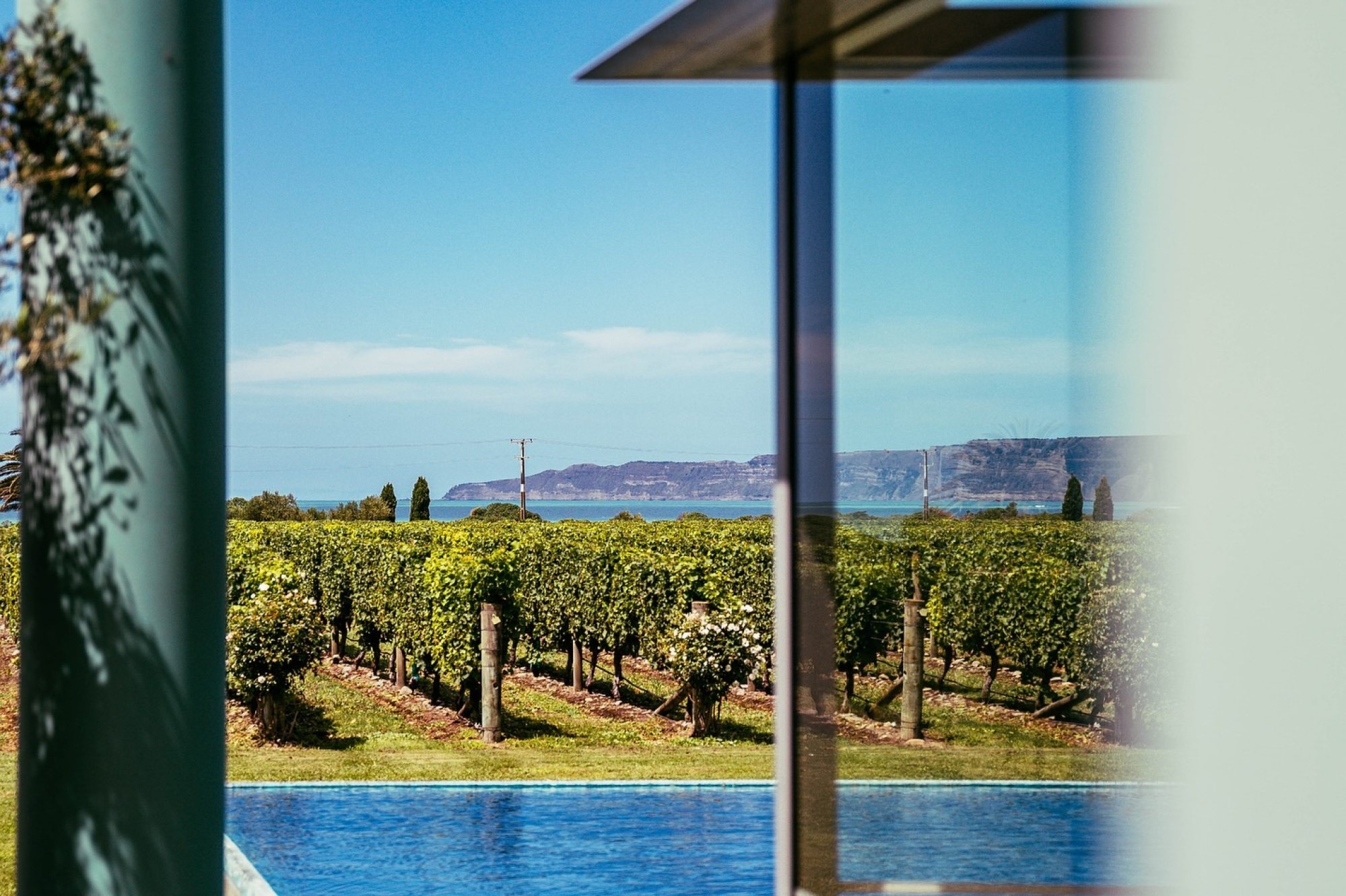
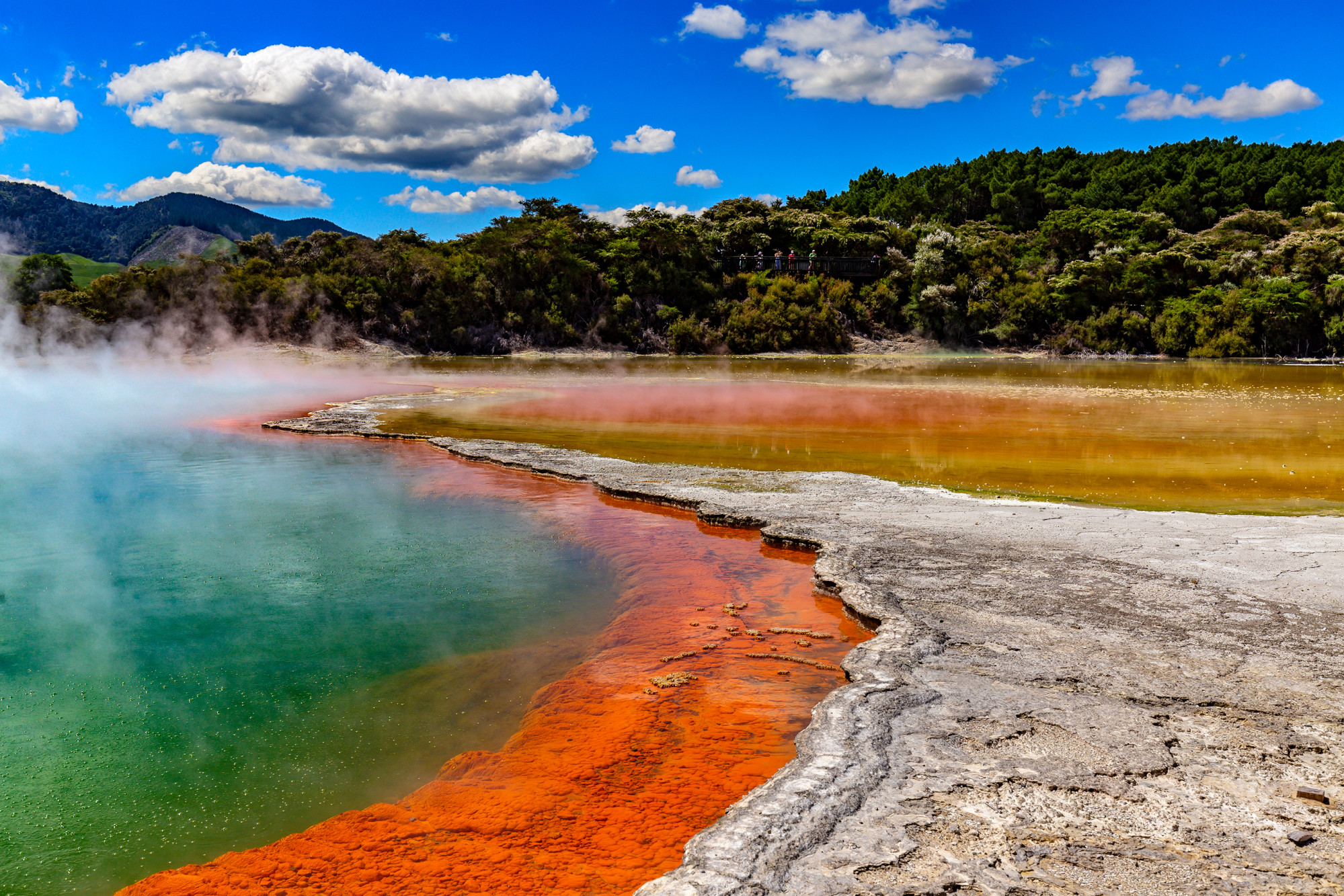
And, says Ching, you can’t miss nearby Rotorua – home of the geothermal hot springs, spouting geysers and mud spas used to treat and rejuvenate the skin – all of which is appealing to the Chinese, she says.
The South Island’s oldest city, Nelson – known for its artists, kayaking, hiking and vineyards – is the gateway to the Abel Tasman National Park.
Another of Ching’s suggestions is to hire a car and drive to “one of the best spots on Earth”: Wānaka, an alpine town near Otago set in a snowcapped mountain and turquoise lake wonderland.
If skiing, take the gentle slopes: “You want to go to Cardrona [Alpine Resort], where there’s a champagne bar halfway up the mountain.”
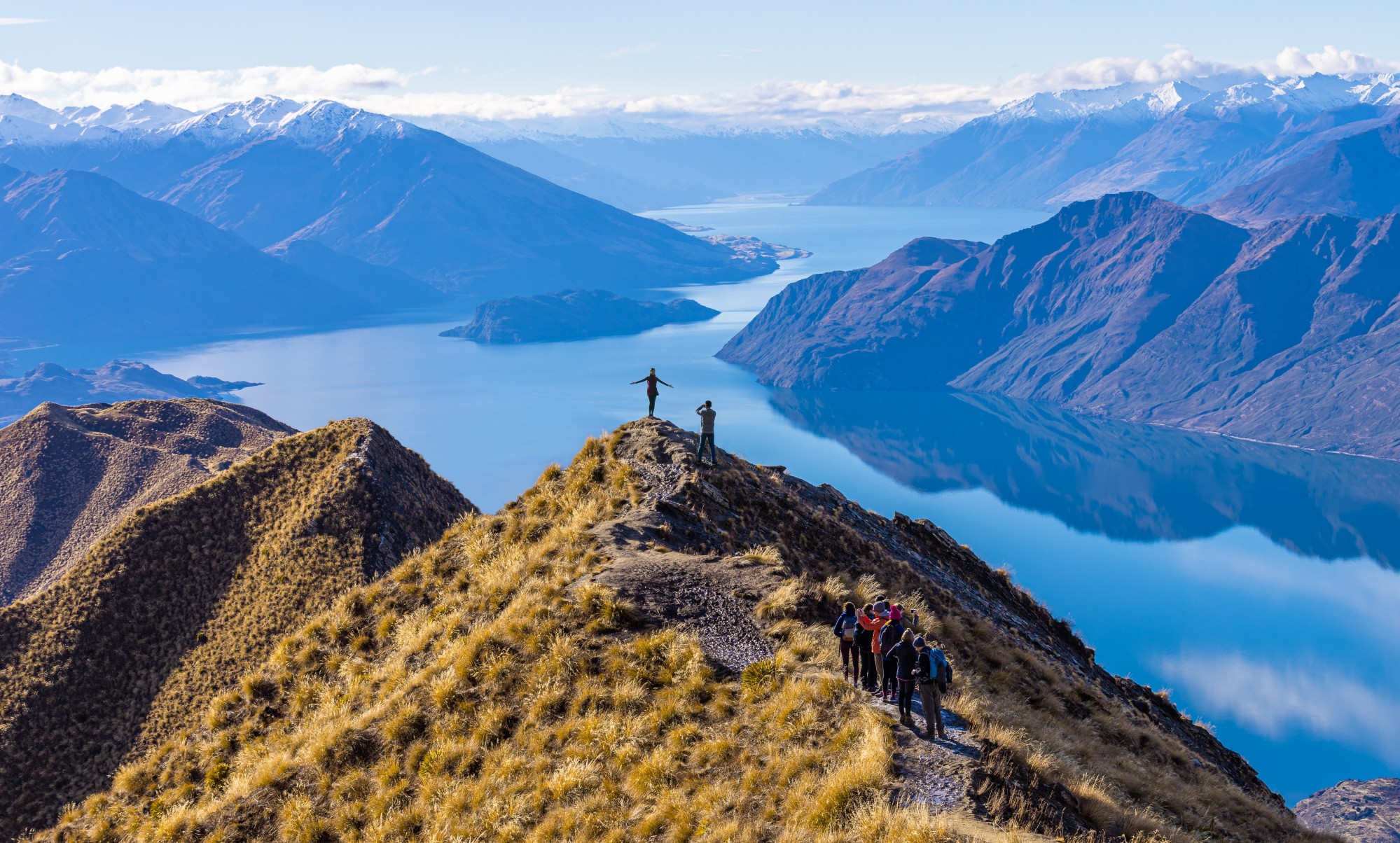
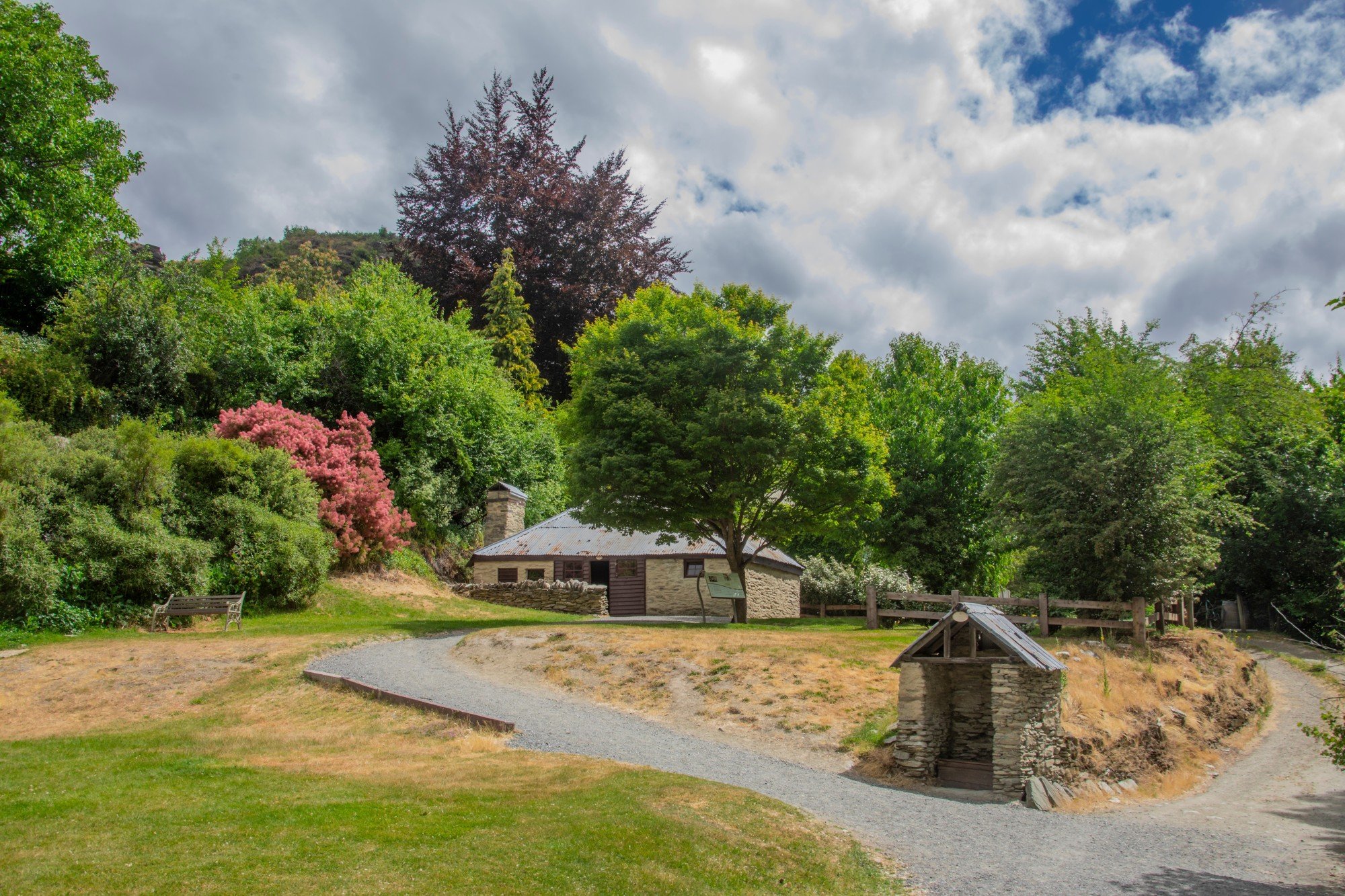
Nearby, drop in to Arrowtown, where a heritage-listed Chinese settlement was founded during the 1860s gold rush.
What’s left in the historic Chinese settlement is a mixture of ruins, reconstructions and restorations. Almost entirely male, Arrowtown’s mainly Cantonese population reached about 5,000 in 1881, but a discriminatory poll tax introduced that year discouraged immigration.
Few made enough money to return home and most died there, not that you’ll find their graves in Arrowtown’s cemetery.
We have not touched on the capital, Wellington – “that giant wind tunnel” – but if we stick to Ching’s recommendations, both islands can be covered in a couple of weeks, she reckons, although the North Island is best in summer.
For serious foodies, she recommends central Auckland’s high-end Chinese restaurant Huami (meaning “nectar”). “Wealthy Chinese who live here take guests and Huami is attached to the SkyCity Casino, so it attracts high rollers.”
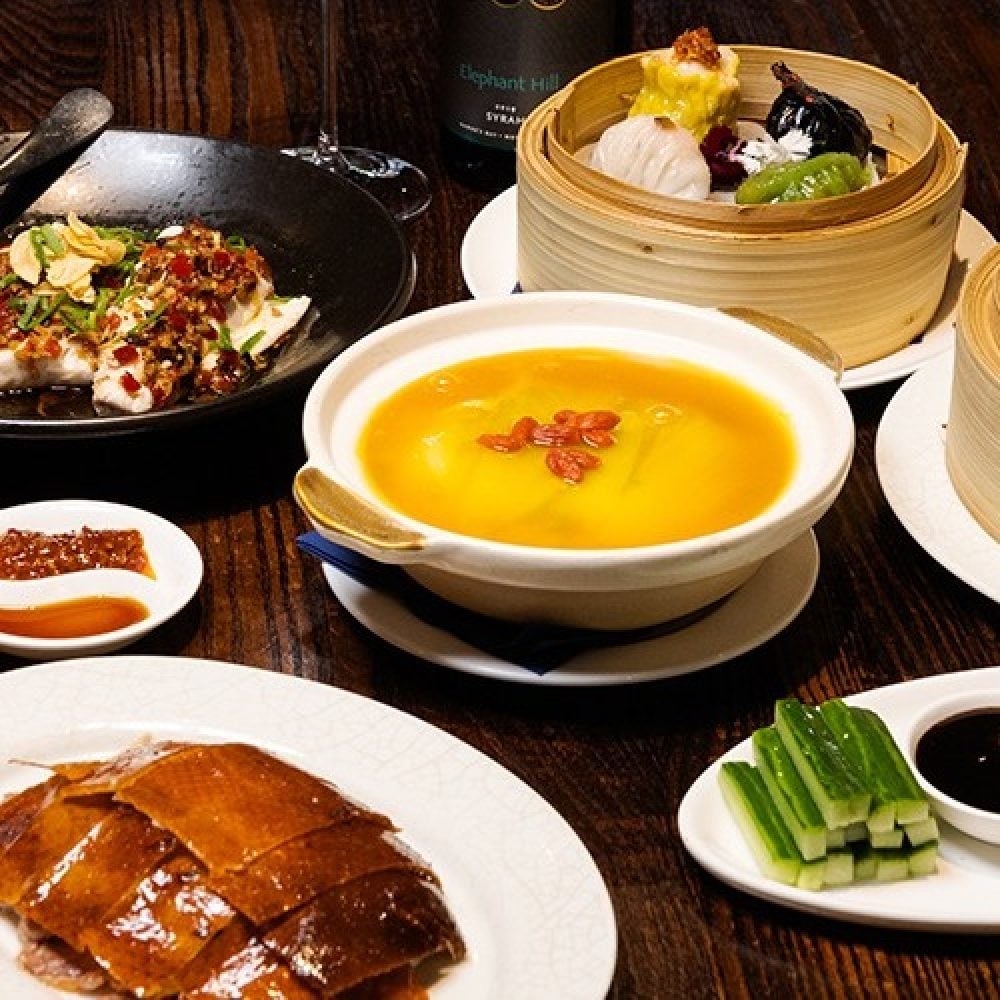
Grand Harbour restaurant, in the Viaduct area, is famous for its Hong Kong specialities and yum cha, and Pearl Garden, in Auckland’s Newmarket, for classic Cantonese yum cha.
And remember Southland’s world-famous Bluff oysters, best eaten between March and August, says Ching.
The creamy shellfish can be found on menus throughout New Zealand, but perhaps Southland’s annual Bluff Oyster and Food Festival, in May, is the most appropriate setting in which to savour them.
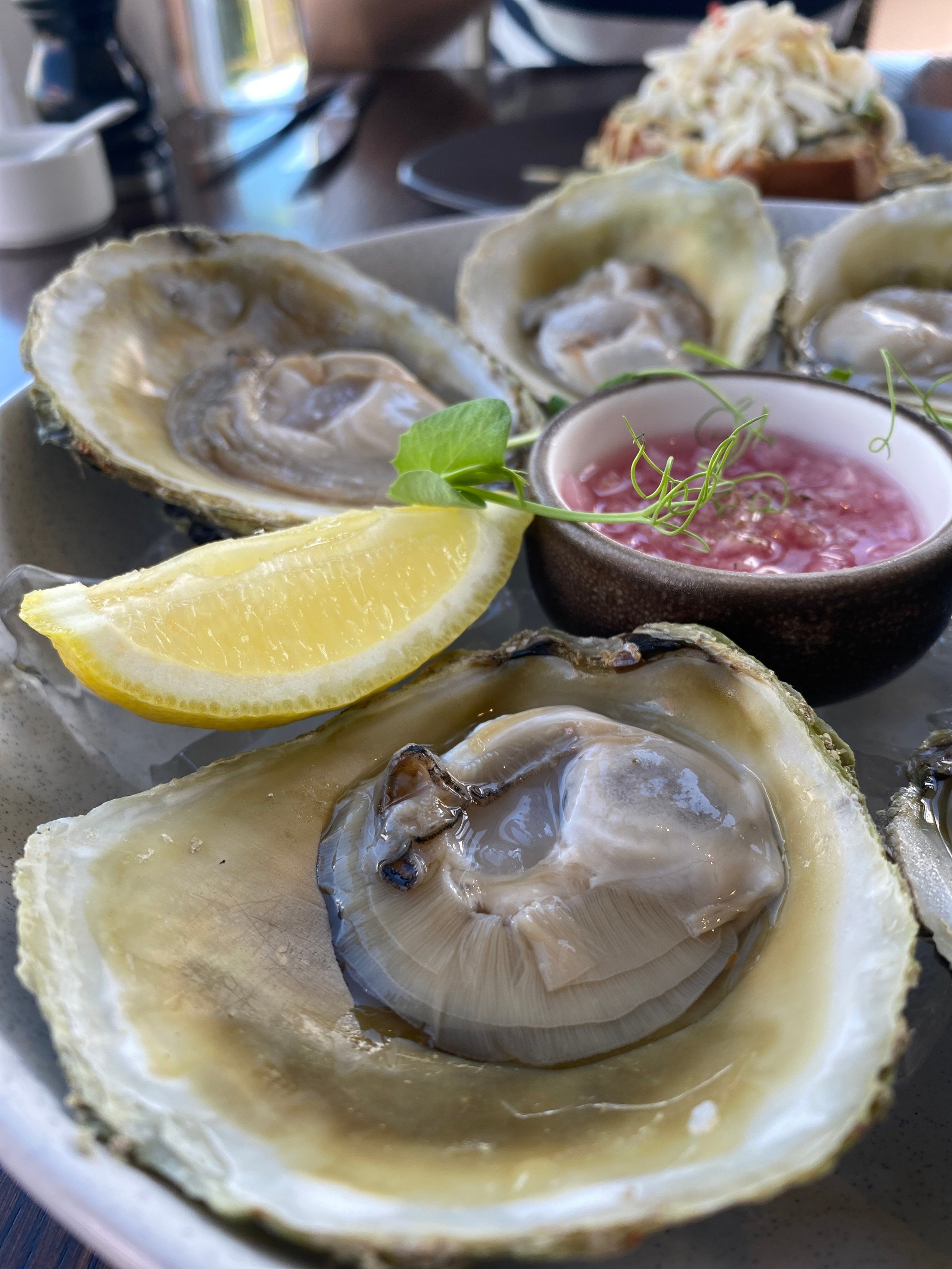
Japanese and Korean restaurants are dotted all over Auckland: from sushi trains to luxe restaurants at the Sky Tower boasting 360-degree city views. Outside the cities, cheap and cheerful Asian eateries are ubiquitous.
I have had to revisit Ching for a photo shoot. The satin shorts are replaced by an elegant dress and she has applied make-up, which she couldn’t be photographed without.
Returning to David Bowie, I ask how the serendipitous encounter happened.
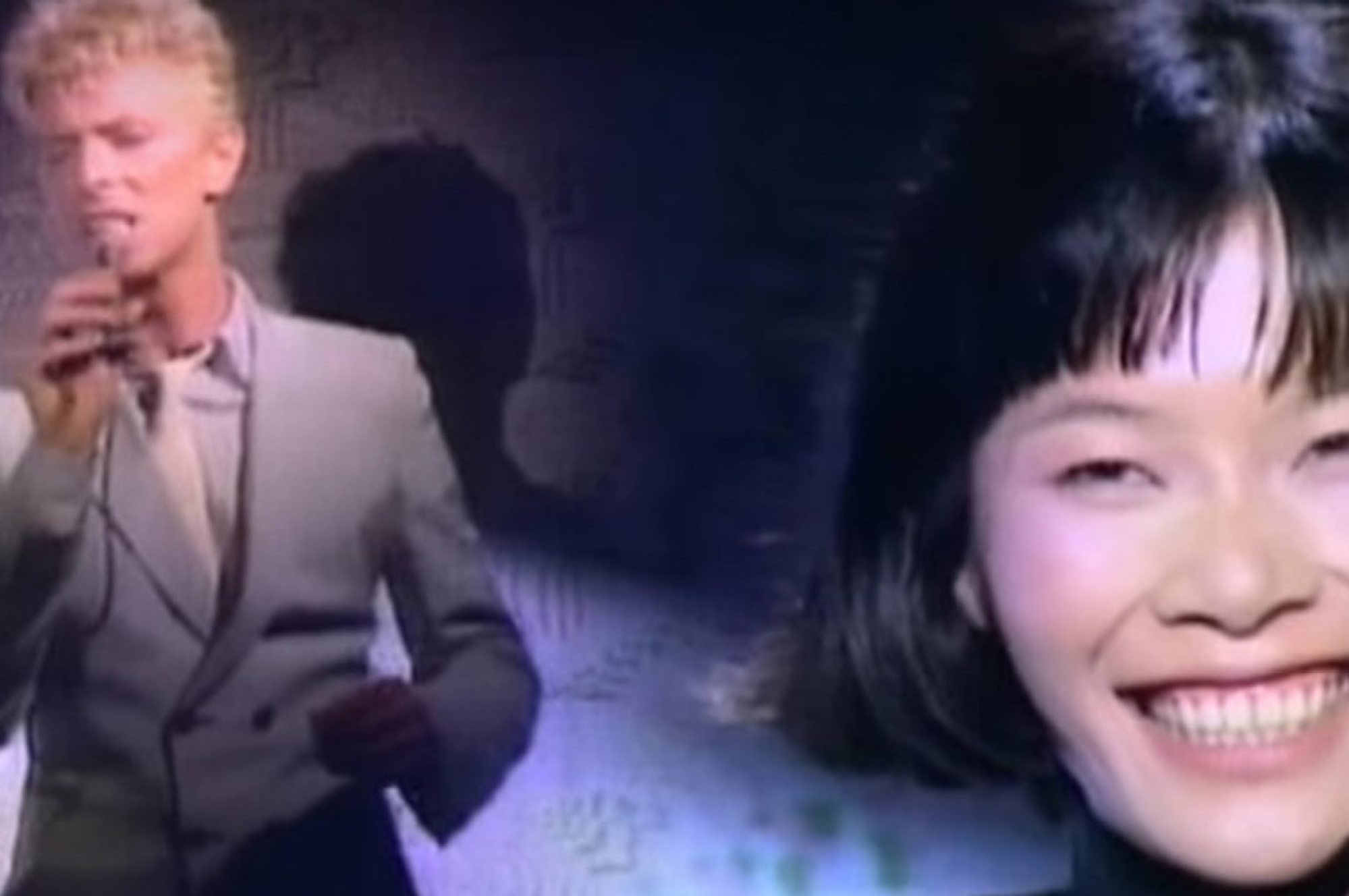
When the then 23-year-old auditioned, “Bowie played his song and we chatted for a while.” She was then asked to remove her make-up.
“I walked back in and they said, ‘OK, you’ve got the job.’ They shot the film over a week. At the same time, Bowie filmed his hit ‘Let’s Dance’, in the [New South Wales] outback town of Carinda.
“I had to be completely naked in the video, set at Sydney’s Whale Beach.
“You just don’t think about it, but I was terribly nervous. He’d been my childhood idol forever. The first album I bought was Ziggy Stardust and the Spiders from Mars [1972].
“There was the whole, ‘I can’t believe this is happening’ situation. We’d hang out, go for dinner. He was lovely, really nice. I think he particularly tried to make me feel at ease because we had to portray a relationship on screen.”
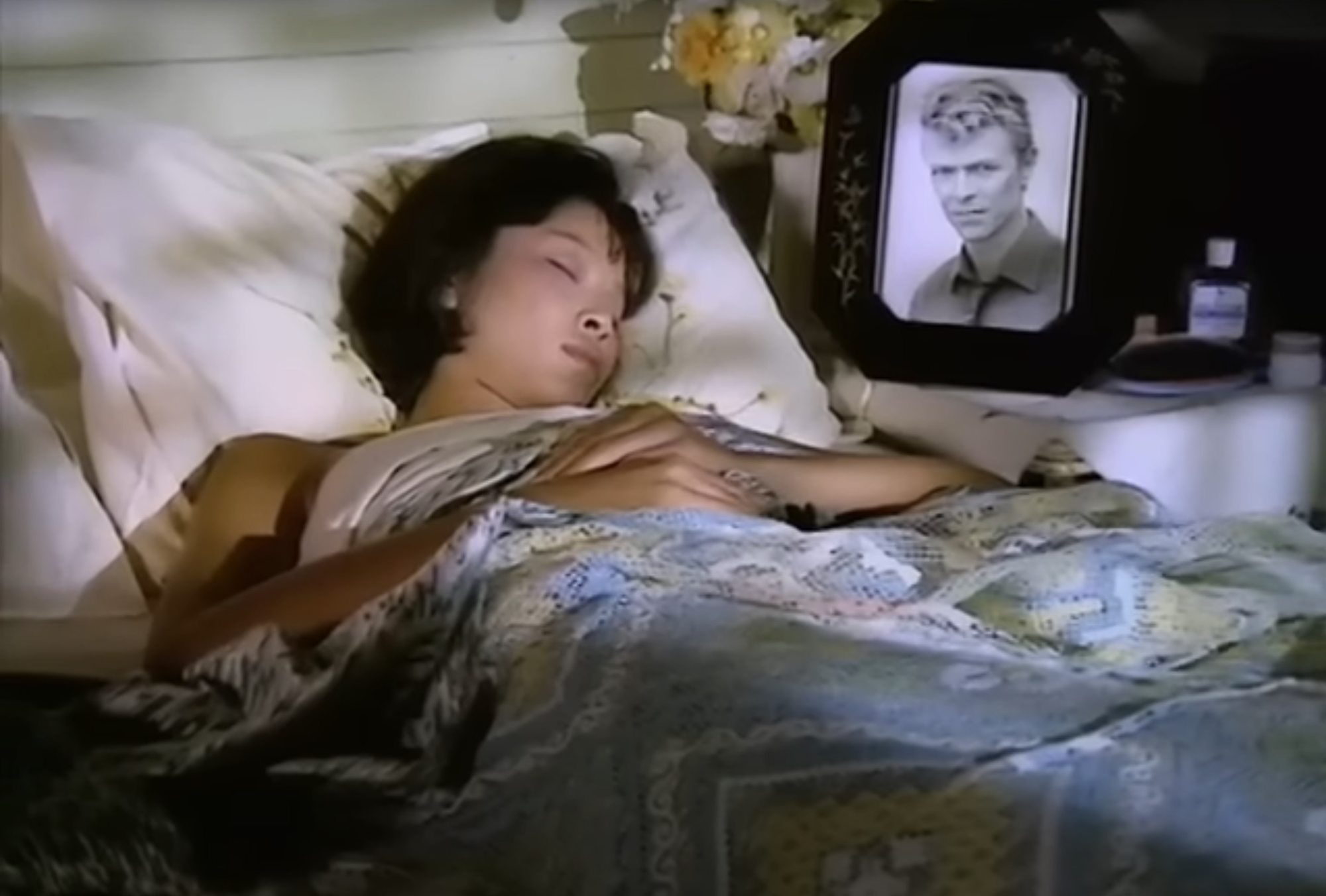
Off screen the relationship blossomed and after the shoot had finished, she received a phone call from Bowie.
“He said, ‘I’m going to be in Paris next week, do you want to come?’ I went, ‘Yes, yes, yes – that would be good.’ So I flew to Paris to meet him. I went on tour with him. I was a groupie, literally. It was very strange.”
It was almost dreamlike. I knew that there wasn’t going to be any sort of long-term, forever relationship
Geeling Ching
Ching stayed with Bowie for nearly a month, living a celebrity lifestyle, in what she describes as a fairy tale-like passionate affair.
Did she fall in love? “I think, yes … but no. It was completely infatuation but also it’s always in the back of your mind, ‘This is David Bowie, get a grip.’
“It was almost dreamlike. I knew that there wasn’t going to be any sort of long-term, forever relationship.
“The reason he was in Australia was to make ‘Let’s Dance’ with the Aboriginal kids and make that political statement about slavery and personal standing. Both of the videos were quite political. Me running round in a Mao suit being shot by him and he’s in a top hat and tails.
“You never get past the fact that he’s David Bowie … there were crowds of people following him around. It was a fleeting moment, I just went with it.”
Commentary: how David Bowie stood out from baby-boom rock stars
Commentary: how David Bowie stood out from baby-boom rock stars
When she was contacted for modelling work in Britain, she told Bowie: “I’m going to London now, so thanks … and bye. And that was it.”
Finding herself lonely in the British capital, she returned to Sydney and the boyfriend she’d left for Bowie.
When Bowie died in 2016, it was a shock, because the 69-year-old had kept his cancer diagnosis private.
Ching had no prior knowledge he was ill.
“A friend sent me a text and I went, ‘Oh f***,’” says Ching. “It was terrible. I wasn’t crying or upset but it was, ‘Wow, the end of an era.’”
Reminiscing, she says: “Sometimes you just think, ‘Gosh. Was that a big dream?’ It’s pretty unique.”

